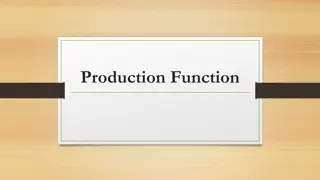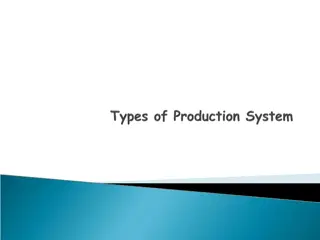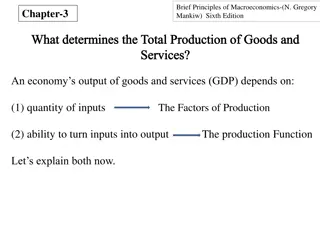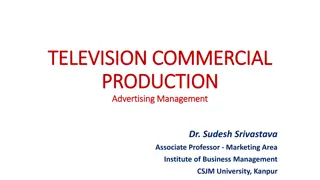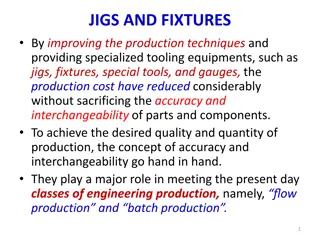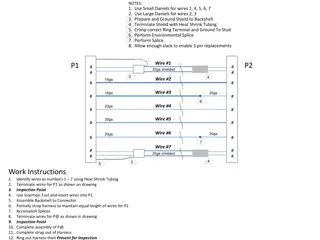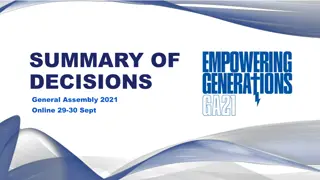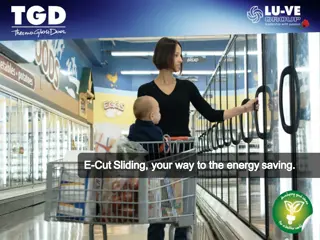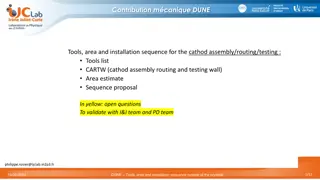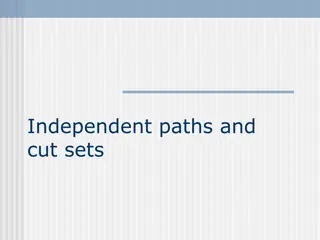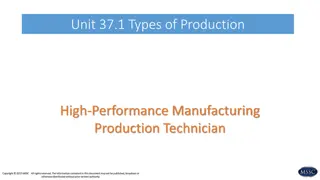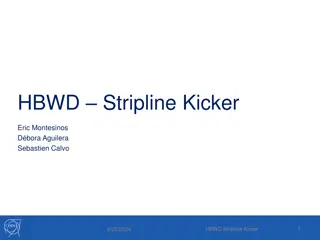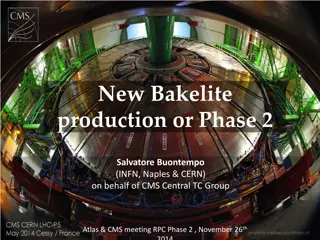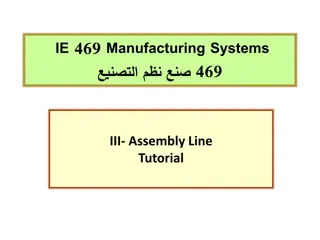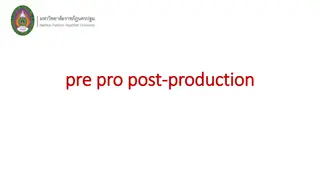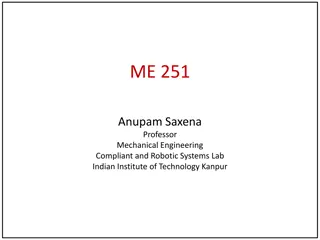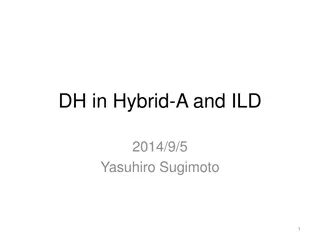Benefits of Starting with an Assembly Cut in Post-Production
// /benefits-of-starting-with-an-assembly-cut-in-post-production/nDiscover the benefits of starting with an assembly cut in post-production, including better storytelling, efficient editing, and a clear creative vision.n
Uploaded on Feb 11, 2025 | 0 Views
Download Presentation

Please find below an Image/Link to download the presentation.
The content on the website is provided AS IS for your information and personal use only. It may not be sold, licensed, or shared on other websites without obtaining consent from the author. Download presentation by click this link. If you encounter any issues during the download, it is possible that the publisher has removed the file from their server.
E N D
Presentation Transcript
Benefits of Starting with an Assembly Cut in Post-Production In video editing, the assembly cut is a vital starting point in shaping any powerful video or film. It is the backbone of the post-production process. It s rough, it s messy, and it s supposed to be. But if you want to create the most pleasing final shot, it all starts with the assembly cut. Whether you are working on a demo video, YouTube video, documentary, wedding video, or corporate film, understanding how this cut works and fits into the bigger picture can transform your editing workflow. What is an Assembly Cut? An assembly cut is the first step in editing your raw footage. It is not about creating a polished final product yet; it s about assembling all your scenes and shots into a rough structure and timeline in their most basic form without making any extra changes or cuts. The goal here is to establish the story (in broad strokes), identify the key moments, and decide how they fit together. The Purpose of an Assembly Cut in Post-Production The assembly cut is a roadmap. By assembling your footage in a sequence (in chronological order of appearance on-screen), you get to see the bigger picture before diving into the complex details of the final cut. This stage allows you to focus on the flow of the story, pacing, and continuity without being distracted by aspects like sound design or visual effects. Why the Assembly Cut is Essential in Post-Production If you are serious about creating high-quality videos, you can t afford to skip the assembly cut. This stage may feel messy, but that is exactly why it is so important. It makes you focus on seeing what works and what doesn t. Plus, with everything laid out in front of you, it s easier to see the flow of the narrative, identify weak points, and start thinking about how you want to shape the final cut. How to Make the Most of Your Assembly Cut Creating an effective assembly cut requires both skill and a strategic approach. Here is how we approach it at Motion Edits, and you can too: 1. Organize Your Raw Footage Before You Start Our first step is sorting through the footage and identifying the shots that matter most.
2. Start with the Timeline Once we ve organized the footage, we start creating the timeline. This is where you ll build the rough structure of your story. So, don t worry about fine-tuning transitions or audio just yet. 3. Don t Sweat Perfection and Keep It Simple Remember, the assembly cut is about structure. Don t get bogged down in perfection this is a rough cut for a reason. Focus on laying out your footage in a way that makes sense for the story. 4. Review and Adjust Once the assembly cut is in place, it s time to step back and look at the bigger picture. Often, it involves trimming, removing, or rearranging clips to find the best flow. This is the stage where we test different sequences to see what works before committing to a final structure. 5. Get Feedback Early Once your assembly cut is ready, don t hesitate to share it with others (clients, team members, or director) for feedback. They might spot issues you missed or suggest changes that could improve the flow or the cut. Benefits of Starting with an Assembly Cut Starting with an assembly cut may seem like an extra step, but the truth is, it s a game-changer for your editing workflow. Here s how it pays off: 1.It gives you a clear foundation: With the assembly cut, you can better plan what needs to be added, removed, or rearranged in the footage or sequence. What is the Difference Between a Rough Cut and an Assembly Cut? It s easy to confuse an assembly cut with a rough cut, but they are different. The assembly cut is a rough first draft, focusing mainly on laying out the footage in the right order. The rough cut, on the other hand, refines that structure. It is where editors add transitions, remove unnecessary footage, and tweak pacing. The Assembly Cut is Your Secret Weapon Whether you re working on a corporate film, a documentary, or a wedding video, the best edits start with a solid assembly cut. Get this right, and the rest of the post-production process will fall into place. However, remember that creating a good assembly cut is a challenge. Building a cohesive story from hours of raw footage, maintaining continuity, and ensuring the right pacing takes skill and expertise. That s where having a professional team like ours makes all the difference. At Motion Edits, our team of video editors knows the ins and outs of building an effective assembly cut. If you want your project to start on the right foot and save time and resources along the way we are here to help.
CONTACT US Address - 4010 Stasney street, College station, TX, 77840 E-mail - video@motionedits.com Website - www.motionedits.com




